I am trying to create a simple cable tester, that needs to check continuity of a multiwire cable.
My first thought was to connect all wires at one end to a positive voltage, and connect LEDs at the other end.
If there are 5 wires inside the cable, this would test continuity of all 5 wires at once. 5V to all wires at one end, LEDs and resistors at the other end. If all 5 wires are good, 5 LEDs will light up.
This would work fine - but if any wire was shorted to another wire, it would give a false positve.
Any thoughts about how to create a simple continuity tester that could test multiple wires at one time, but also not give false positives if any of the wires were shorted to each other?
